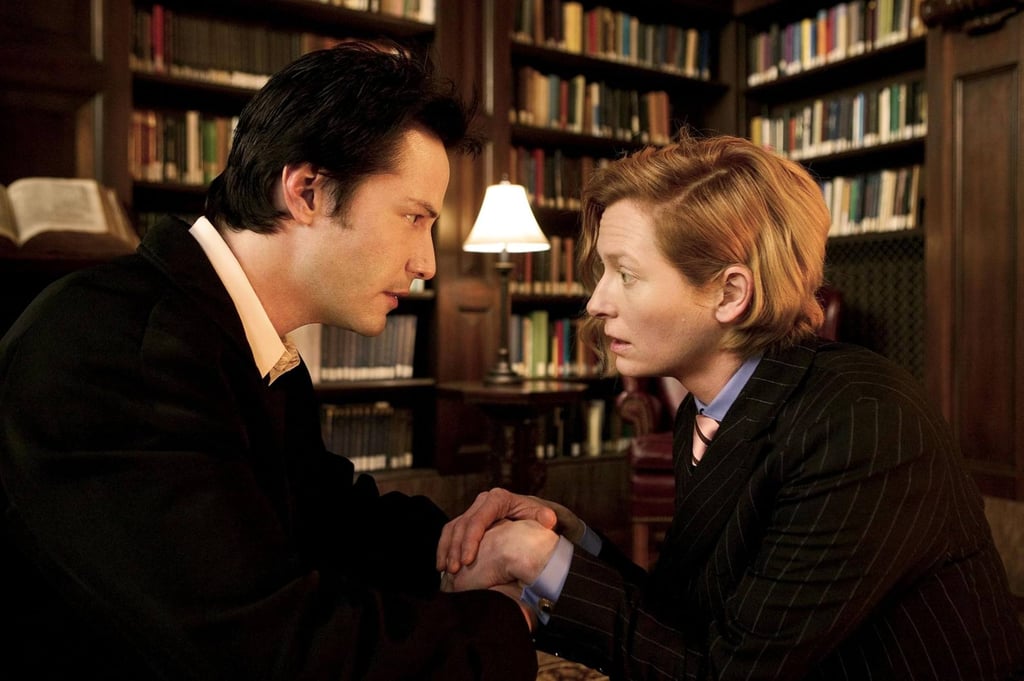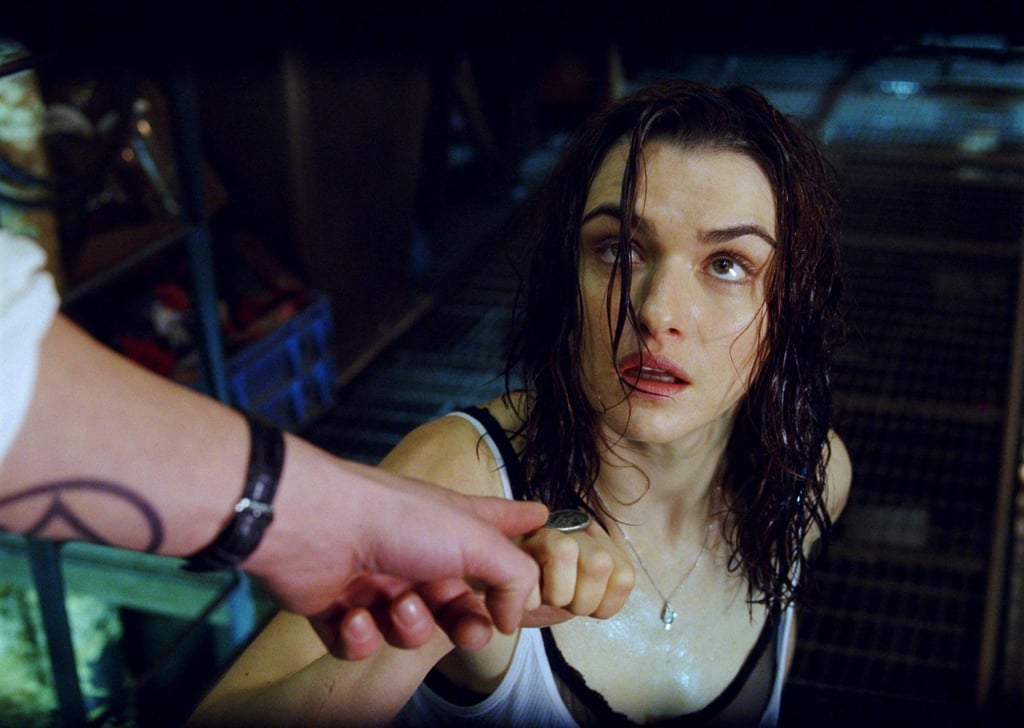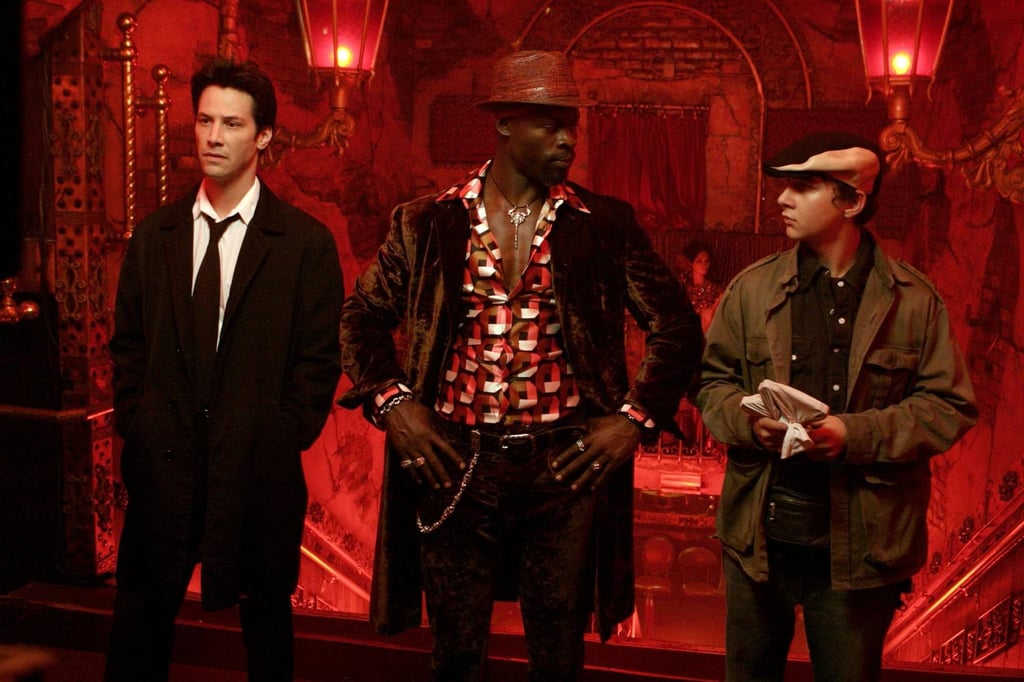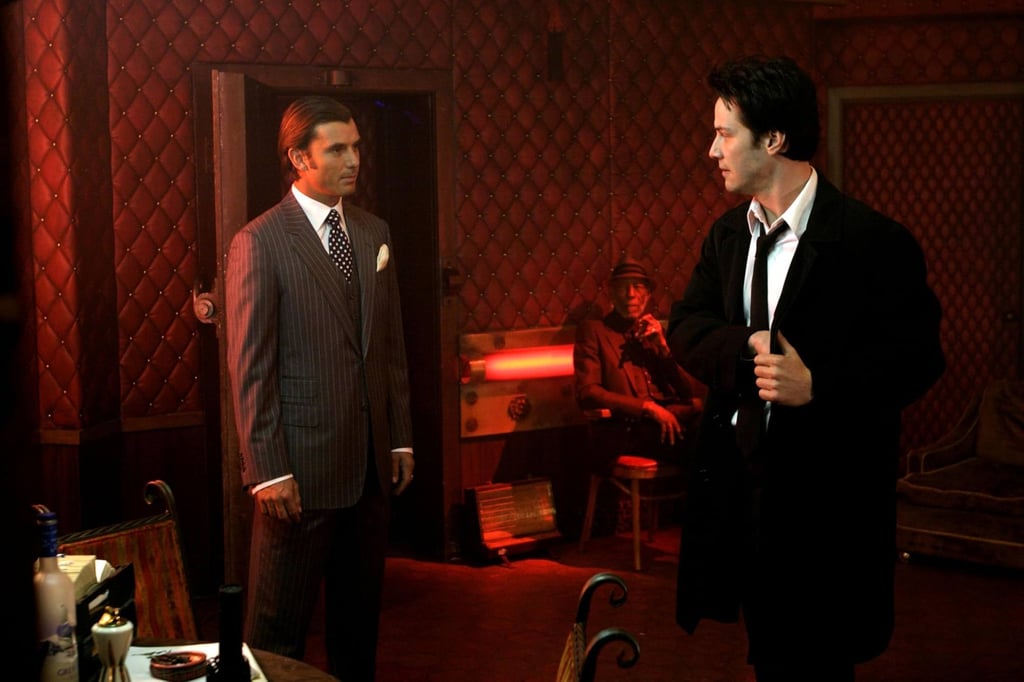
This is the latest instalment in our From the Vault feature series, in which we reflect on culturally significant movies celebrating notable anniversaries.
Between The Matrix (1999) and John Wick (2014), Keanu Reeves struggled to find a film to fit his star persona.
Along the way there were some terrible ones (Generation Um, 2012), some forgettable ones (The Lake House, 2006) and some excellent-but-esoteric ones (A Scanner Darkly, 2006), but perhaps the closest he came to starting a new franchise was the ambitious 2005 oddity that was Constantine, which turns 20 this month.
Loosely based on the DC Comics/Vertigo Comics series by Alan Moore and Stephen R. Bissette, and directed by first-timer Francis Lawrence, who would go on to steer The Hunger Games series to worldwide success, Constantine was a moderate box office hit that received less-than-favourable reviews from both fans and critics.
Time has been kind to it, however.
In modern-day Los Angeles, John Constantine (Reeves) is a chain-smoking exorcist who can see “half-breed” demons and angels. This is because of a suicide attempt he made as a younger man during which he died for two minutes.
To try to save his soul from eternal damnation, he spends his time deporting demons to hell with the help of annoying apprentice Chris Kramer (Shia LaBeouf).
Against his will, Constantine becomes embroiled in a plot involving the Spear of Destiny – the lance that killed Jesus – the archangel Gabriel (Tilda Swinton) and police officer Angela (Rachel Weisz), whose twin Isabel (also Weisz) seems to have committed suicide.
A former music video director, Lawrence brings plenty of visual dynamism to Kevin Brodbin and Frank Cappello’s complex script.

Keanu Reeves and Tilda Swinton in a still from Constantine. Photo: David James/Warner Brothers
Before the film has even started we see apocalyptic flames engulfing the Warner Bros logo, and Constantine’s introduction – a cigarette dropped straight to camera out of a taxi window – is similarly iconic.
Throughout the film, so many things are thrown at the screen – from falling bodies to splattered bugs – you wonder if it was intended to be released in 3D before someone at the studio changed their mind.
Despite an over-reliance on CGI there are some memorable set pieces, such as when Constantine travels to hell – an apocalyptic landscape of ruined cars and crumbling buildings that recalls Sarah Connor’s nuclear nightmare in Terminator 2.
The cast do their best not to be overshadowed by the effects.
Weisz is coolly charismatic, even if her character here spends too much time in wet tops asking stupid questions. Swinton’s Gabriel is all fiery eyes and Galadriel chic. And Peter Stormare has a wonderful scene as a giggling, white-suited Satan who seems to have walked straight out of One Flew Over the Cuckoo’s Nest.

Rachel Weisz in a still from Constantine. Photo: David James/Warner Brothers
Reeves himself is perhaps the weakest link. In the comics, Constantine is a blond English anti-hero who is dying of lung cancer. Although Reeves looks great in the action scenes, something about him feels too nice, too pure, to convince as such an embittered character.
Whether Nicolas Cage, the studio’s choice, would have been better is anyone’s guess. Certainly both are an improvement on Moore’s top pick: Sting.
While Bush’s Gavin Rossdale, another musician trying his hand at acting, gets a little too much screen time, poor Michelle Monaghan had almost all her scenes cut and is left with just one line.
This sort of thing often happens when a complicated script goes into production too soon. But there are compensations. While the story is not always easy to follow, it is never dull, and the stakes are sky high.

(From left) Keanu Reeves, Djimon Hounsou and Shia LaBeouf in a still from Constantine. Photo: David James/Warner Brothers
Unlike some of the Marvel movies, where the heroes feel invulnerable, Constantine is trying to save himself not just from death but from damnation or, in his words, “Being ripped apart over and over in screaming, brutal agony for all eternity”.
Maybe this is why, in the years since its release, the film has been reassessed by the fans. “It’s become a kind of cult classic, which has been really exciting to see and very strange, but it’s something we’ve always loved,” Lawrence told ComicBook.com in December 2024.
“When the movie first came out, it didn’t feel like, ‘Oh, wow, the world is embracing our version of Constantine’. There was a lot of criticism that we didn’t have the blond, English version of him, and that Keanu was wrong for it, and all those kinds of things.
“And I think that sort of opinion has really swung around and changed, but we always really loved the world and we always wanted to do a sequel.”

Gavin Rossdale (left) and Keanu Reeves in a still from Constantine. Photo: David James/Warner Brothers
In the same interview, Lawrence said they were working on a script that would return the character to its scary, R-rated roots. Could 2025 be the year that Constantine finally gets the sequel it deserves?



